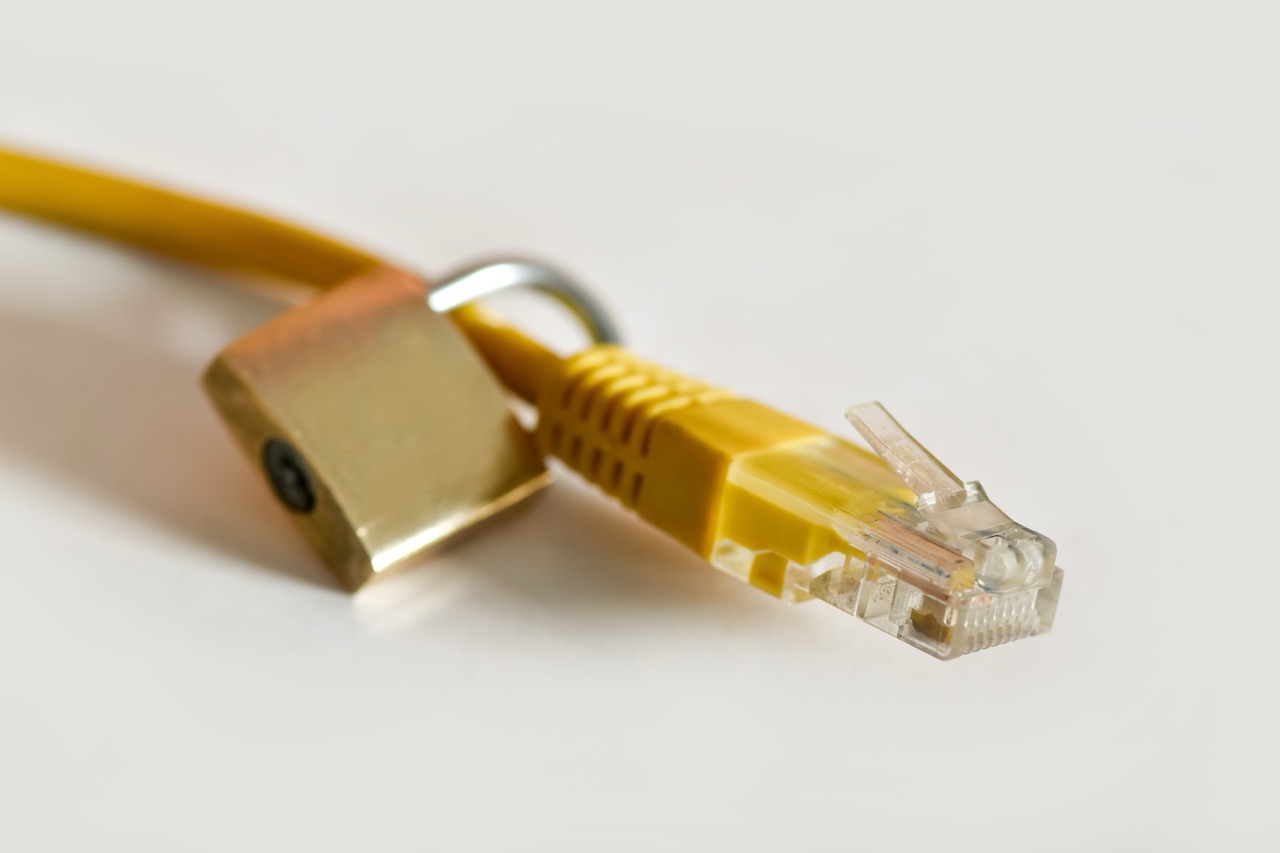In today’s digital age, online privacy and security are paramount concerns for internet users. One of the most effective tools to protect personal information and maintain anonymity online is a Virtual Private Network (VPN). Surfshark is an increasingly popular VPN service that offers a range of features designed to enhance user experience while ensuring robust online security. This guide aims to equip beginners with a comprehensive understanding of Surfshark, from installation to effective usage, ensuring that even those new to VPN technology can navigate it with confidence.
Understanding VPNs: How Surfshark Fits into the Landscape
Virtual Private Networks (VPNs) are services that create secure connections over the internet, enabling users to access the web anonymously and protect their sensitive data from potential cyber threats. By routing your internet traffic through a secure server, a VPN masks your IP address and encrypts your online activities, making it significantly more challenging for third parties to track or intercept your data. Surfshark, as one of the leading VPN providers, offers a user-friendly interface coupled with extensive features that meet the needs of both novices and experienced users alike.
Surfshark distinguishes itself in the crowded VPN marketplace through its impressive array of features, including an unlimited number of simultaneous connections, a no-logs policy, and advanced security protocols. This means you can protect all your devices without the need for multiple subscriptions, which is a significant advantage for users with numerous gadgets. Additionally, Surfshark provides access to a wide range of servers across numerous countries, allowing users to bypass geo-restrictions and access content that may be blocked in their region.
Moreover, Surfshark employs state-of-the-art encryption standards such as AES-256-GCM, ensuring that your internet traffic is safeguarded against potential eavesdroppers. The service also supports protocols like WireGuard, which not only enhances security but also improves connection speeds. Understanding these foundational concepts about VPNs and how Surfshark fits into the landscape is essential for making informed decisions about your online security and privacy.
Setting Up Surfshark: Installation and Configuration Steps
Getting started with Surfshark is a straightforward process, beginning with the installation of the application. To begin, visit the official Surfshark website and select a subscription plan that best fits your needs. After completing the payment process, you will receive a confirmation email containing your login credentials. Download the Surfshark application compatible with your device, whether it’s for Windows, macOS, iOS, Android, or Linux. The installation process generally involves following the on-screen prompts, which include accepting the terms of service.
Once the application is installed, launch it and log in using the credentials provided in your confirmation email. Upon first logging in, you will typically be greeted with a user-friendly interface that displays a map of server locations and a quick connect option. It’s advisable to first select a server based on your needs—whether you’re looking for speed, to bypass content restrictions, or to connect to a specific location. Surfshark will automatically connect to the optimal server based on your preferences, but users can also manually select servers from the list for more granular control.
After connecting to a server, it’s essential to configure your settings for optimal use. Navigate to the settings menu within the application to explore various options such as enabling the kill switch, which automatically disconnects your internet if the VPN connection drops, ensuring your data remains protected. You can also adjust the protocol settings and enable features like CleanWeb, which blocks ads and trackers. With these steps completed, you’ll be well on your way to a secure and private browsing experience.
Navigating Surfshark Features: A Comprehensive Overview
Surfshark offers a myriad of features designed to enhance your online experience while ensuring privacy and security. One of its standout features is the "Camouflage Mode," which allows you to hide your VPN usage from your Internet Service Provider (ISP) or network administrator. This is particularly useful in restrictive environments where VPNs are blocked or monitored. Another critical feature is "MultiHop," which enables users to connect through multiple servers, adding an additional layer of encryption and enhancing anonymity.
In addition to these advanced features, Surfshark provides a user-friendly browsing experience with its intuitive interface. The "Whitelister" feature allows users to bypass the VPN for specific apps or websites, which can be beneficial for banking services or local services that may not function well when routed through a VPN. Furthermore, Surfshark’s "CleanWeb" capability effectively blocks unwanted ads, trackers, and malware, providing a smoother and safer browsing experience for users.
It’s also worth mentioning Surfshark’s robust support for streaming services. The VPN is known for its ability to bypass geo-restrictions imposed by popular streaming platforms like Netflix, Hulu, and BBC iPlayer. This means that users can access a broader array of content from different regions without experiencing buffering or slow speeds. All these features, combined with a dedicated customer support team available 24/7, make Surfshark an appealing choice for users looking to enhance their online privacy and security.
Best Practices for Using Surfshark: Tips for Beginners
To maximize your experience with Surfshark, there are several best practices that beginners should keep in mind. First, always ensure that you are connected to the VPN before engaging in any sensitive online activities. This includes online banking, shopping, or accessing personal accounts. A secure connection is vital in protecting your data from potential breaches or malicious actors. Additionally, it’s advisable to regularly check for updates within the Surfshark application to ensure you have the latest security features and performance enhancements.
Another key practice is to familiarize yourself with the various server locations available. Different servers may offer varying speeds and capabilities depending on your location and the content you’re trying to access. For optimal streaming speeds, consider connecting to a server that is geographically closer to you. Conversely, if you want to access content restricted to a particular country, make sure to select a server located in that region. This flexibility is one of the significant benefits of using a VPN like Surfshark.
Lastly, privacy settings are essential to ensure your online activities remain confidential. Take advantage of features like the kill switch and CleanWeb to enhance your security. Additionally, consider enabling "Alert" notifications for when your credentials have been compromised in data breaches. By adhering to these best practices, beginners can effectively leverage Surfshark’s capabilities to create a safer, more private online experience.
In conclusion, Surfshark stands out as an accessible yet powerful VPN solution for beginners seeking to enhance their online privacy and security. By understanding VPN fundamentals, following the installation and configuration steps, and navigating the extensive features offered by Surfshark, users can effectively protect their personal data from prying eyes. By incorporating best practices into their online habits, beginners can make the most of Surfshark’s capabilities, ensuring a secure and enjoyable internet experience. As you embark on this journey to online safety, remember that the digital landscape is continually evolving, and staying informed is key to maintaining robust online security.










